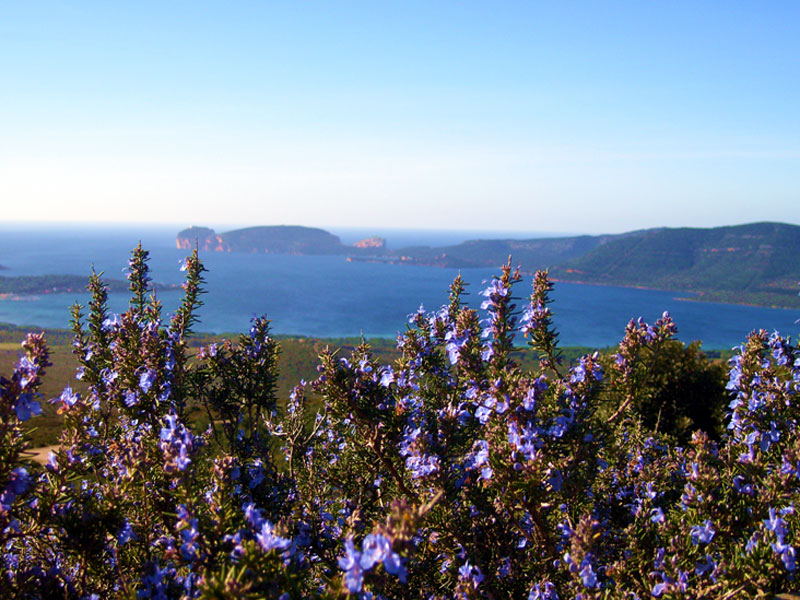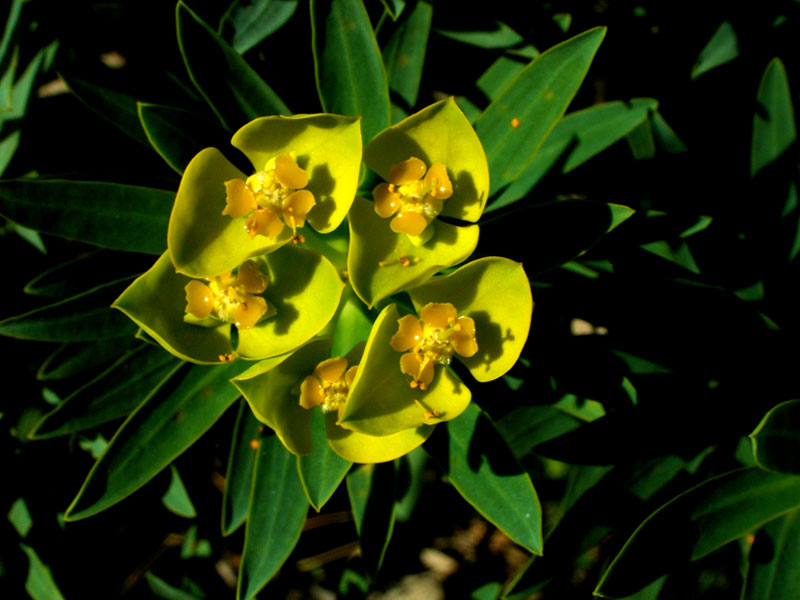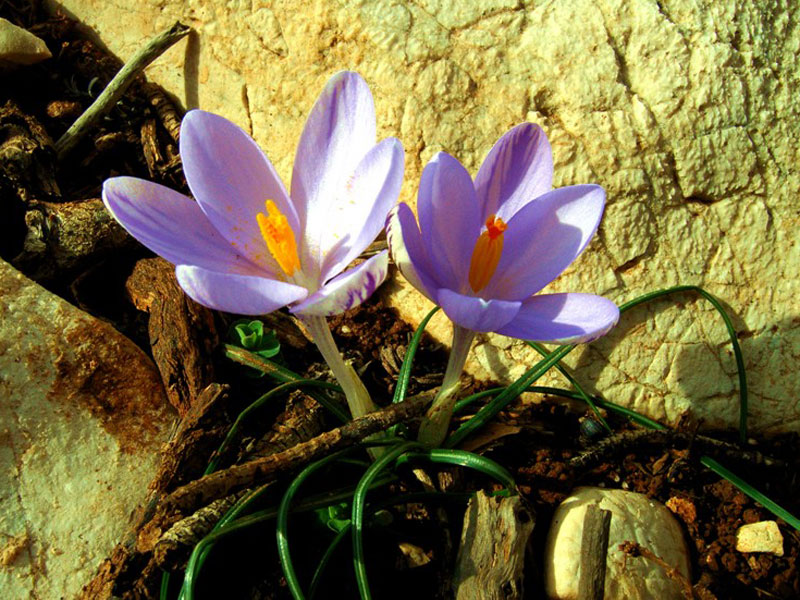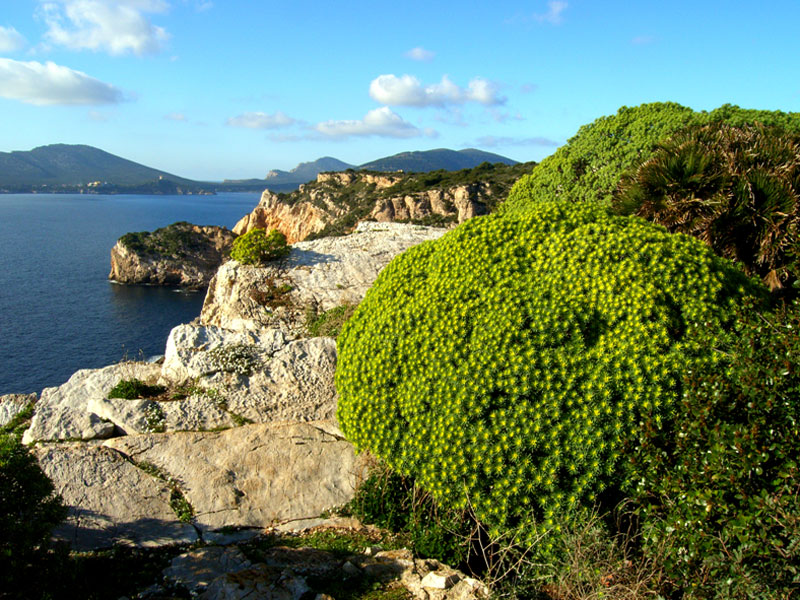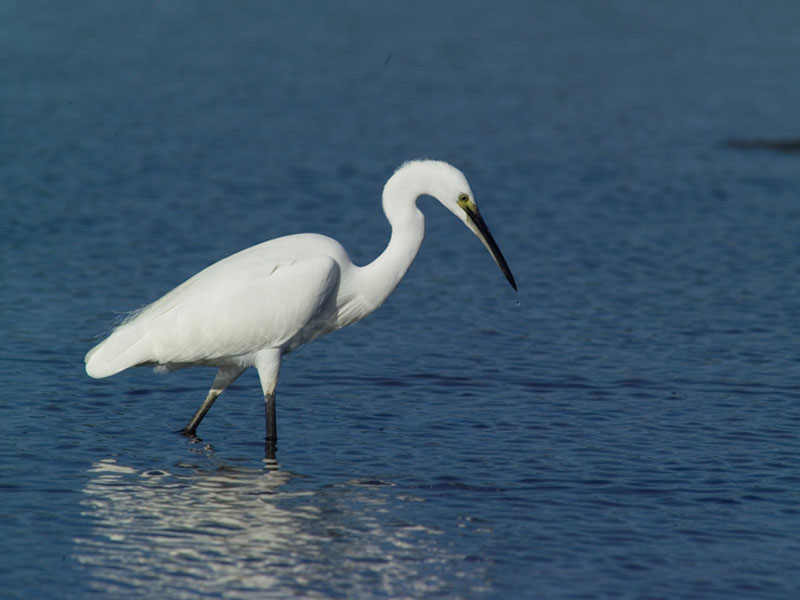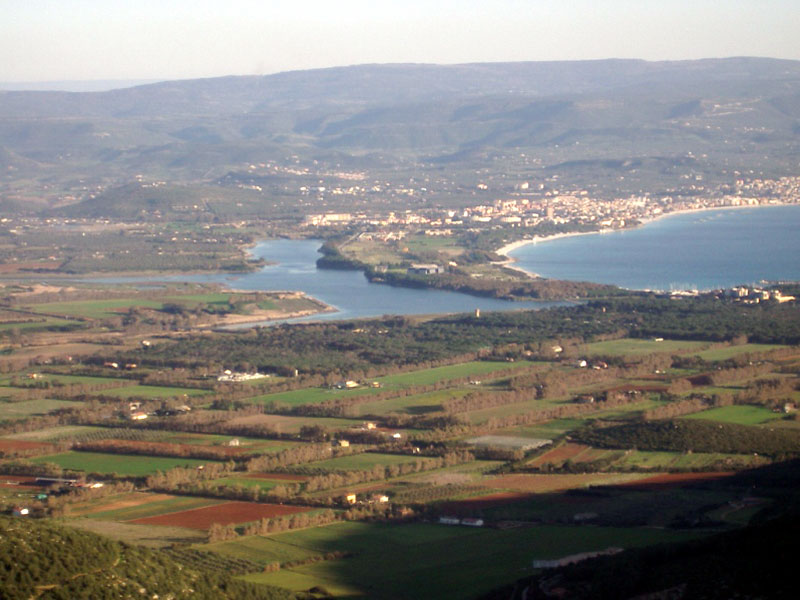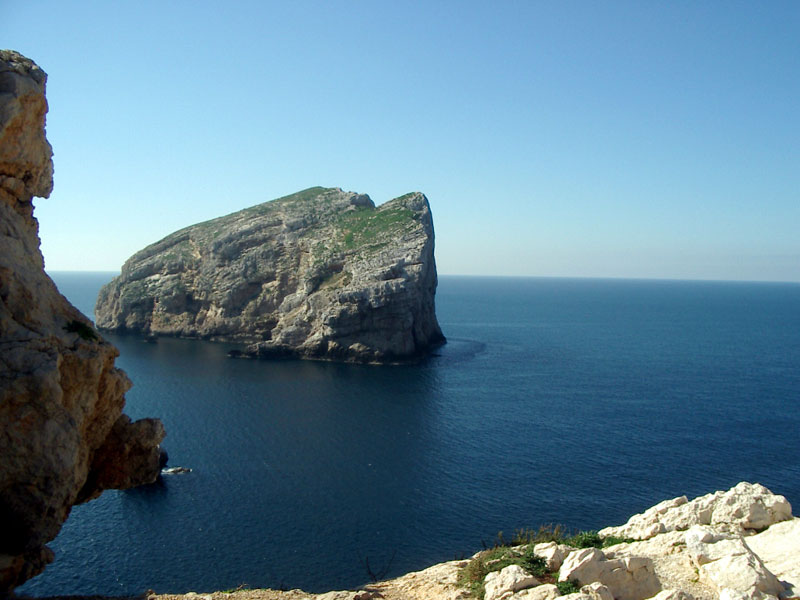Protected Area
Identity Card
- Porto Conte Nature Park:
- Land Surface Area: 5'350.00 ha
- Regions: Sardegna
- Provinces: Sassari
- Municipalities: Alghero
- Establishment Measures: LR 04 26/02/1999
- PA Official List: EUAP1052
- Park Authority: Azienda Speciale Parco di Porto Conte
- Further managed Protected Areas:
- Area Marina Protetta Capo Caccia - Isola Piana
- ZPS Capo Caccia
![]() The Park Statute (PDF - 159Kb)
The Park Statute (PDF - 159Kb)
The Park
The aim of Porto Conte Park is to ensure a unitary management of the ecosystem complex of international interest situated in the north of the town of Alghero, which has been defined by the great naturalist Jaques Costeau "one of the most beautiful corners of the Mediterranean".
Zoning
The zoning established by the Park Plan is the division of the territory into four areas with different environmental value and use:
- Zone A, Riserva Integrale (Strict Reserve)
It is a rather limited area enclosing the wildest and most delicate environments. In this area, only conservation measures are allowed.
- Zone B, Riserva naturale orientata (Nature Reserve with Special Management)
No buildings are allowed, unless they are infrastructures necessary for the Park activities. Traditional harvesting and cultivation activities are allowed.
- Zone C, Area di Protezione (Protection Area)
Agricultural and breeding activities with environmental low-impact methods are allowed. Craftwork activities are also encouraged.
- Zone D, Area di promozione economica e sociale (Economic and Social Promotion Area)
It involves the area characterized by the highest population density, where the main Park structures are situated. Compatible economic activities aiming at improving the economic, social, and cultural life of the local communities are allowed: among the others, sustainable tourism activities.
Flora
The floristic landscape of Porto Conte Regional Park is very diversified and characteristic for the presence of several endemic vegetable species.
The vegetation covers an area of over 5,000 ha and is influenced by the local lithologic and geomorphological composition. In particular, the most charming area of the Park, that is the territory including Capo Caccia and Punta Giglio which is dominated by a karstic landscape, is characterized by low shrubs, bushy herbs, and other vegetable elements characteristic of a warm and dry climate, poor in nourishing elements.
Further info (Italian text)
Fauna
The environmental features and the geomorphological conformation of the Park territory make it an ideal place for several important animal species.
One of the symbol species of Capo Caccia peninsula is without a doubt the Griffon Vulture (Gyps fulvus), a big vulture with a large wing span, which is considered one of the biggest vultures living in Italy. Unfortunately, this species is endangered in the national territory: as a matter of fact, only about ten couples live here in the island, in the most inaccessible coastal area between Capo Caccia and Capo Marargiu. The couple hatches only one egg; moreover, the survival of this vulture is at risk because Griffon Vultures mainly feed on carcasses, which are not that easy to find as in the past decades. For this reason, in the Park, more exactly in Punta Cristallo state forest, there is a charnel house that is continuously replenished with carcasses to feed Griffon Vultures.
Further info (Italian text)
The Lagoon
The Park wetland is mainly formed by Calich lagoon extending in the
north of Alghero for 2,650m of length and covering an area of 97 ha. It
mainly develops parallel to the coast, from which it is about 400m far.
It is situated in the strip of land behind the long beach linking
Alghero to Fertilia. Calich is the most important wetland of the area
of Alghero. The one and only connection to the sea is represented by
Fertilia port-channel, deeply changed by the human action. The
inadequate supply of freshwater has led to a predominance of brackish
waters also along the final course of the affluents, with subsequent
impacts on the terrestrial and marine wildlife and flora.
Calich
lagoon has a great naturalistic importance because it represents a
buffer area between the sea and the inland and is a real vital lung for
many species finding here shelter and food.
Further info (Italian text)
The Marine Environment
The coastal areas of Porto Conte Park are characterized by different environments as far as morphologies are concerned, since they create heterogeneous biological communities. However, it is possible to mention three main aspect: the hard seabed biocenosis, the underwater caves biocenosis, and the Posidonia oceanica seabed biocenosis. In this system, rocky cliffs rich in ravines and therefore ideal for the settlement of sessile organisms alternate with areas where the coast is low and sandy.
Further info (Italian text)



